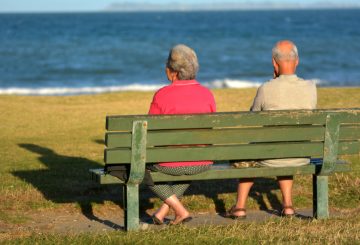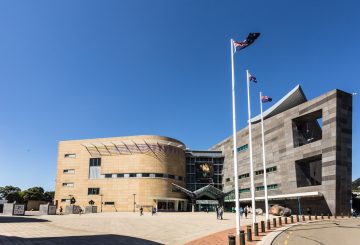대만에서 실종된 아들을 찾은 뉴질랜드 남자의 여정을 따르는 다큐멘터리가 현재 대만의 극장에서 상영 중이다.
“Phil’s Journey” 라는 제목의 이 영화는 뉴질랜드 조각가 Phil Tchernegovski의 경험을 다룬다. 아들 Reuben은 1998년 혼자 배낭 여행을 떠난 후 Alishan 지역에서 실종됐다. 이 영화는 1998년과 2002년에 걸쳐 여섯 번의 대만 여행을 포함해 아버지가 아들을 찾기 위한 행적과 아들을 찾지 못했음에도 불구하고 이 기간 동안 대만과 대만인들과의 인간적인 교류를 기록하고 있다.
대만 감독 Chen Yang-rury(陳勇瑞)는 Liu Ka-shiang(劉克襄) 의 “15개의 소행성(十五顆小行星)” 이란 책을 비행기 탑승 전 읽으면서 이 이야기를 처음 접하게 됐다. 이 책의 첫 번째 이야기가 Tchernegovski에 관한 것이었고 감독은 비행기 안에서 눈물을 흘렸다고 전했다. 이후 감독은 이 이야기를 영화화 하기로 결심했다.
그는 뉴질랜드에 사는 Liu와 대만 교민의 도움을 받아 Tchernegovski와 연락 할 수 있었다. 감독은 이 프로젝트를 진행하기 위해 뉴질랜드를 방문했고 Tchernegovski는 대만으로 날아갔다. 그들은 Tchernegovski가 수년 전 아들을 찾는 발자취를 되돌아보고 Alishan 지방의 Fongshan과 Laiji 마을 원주민(Tsou족)을 찾았다. 이들은 Tchernegovski의 초반 수색을 도왔고 그 당시 아들을 보내주라고 조언해왔다.
이 다큐멘터리는 여러 영화제에서 상영되었으며, 제7회 예술 독립 국제 영화제 및 포트 블레어 국제 영화제에서 최우수 아시아 영화상과 최우수 다큐멘터리상을 포함하여 여러 상을 수상했다.






























































